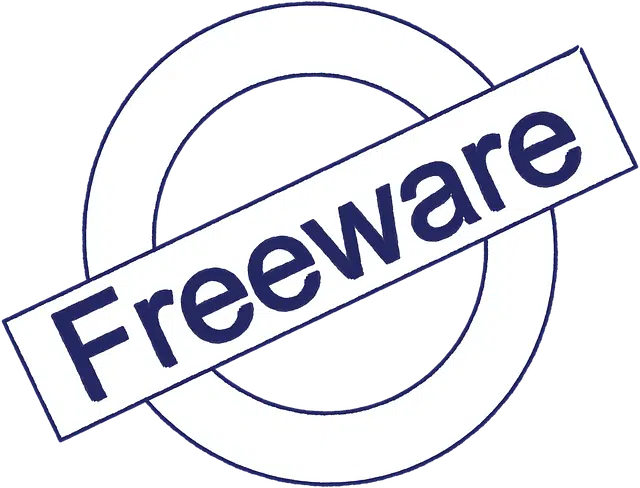
Freeware is distributed free of charge.
Freeware (a term formed from the English expression free software ) is a computer program whose distribution is free , so the user does not have to pay to install and use it. However, unlike what happens with free software , users are not allowed to modify its code .
That is why it is important to distinguish between free software or freeware and free software . While the first's main characteristic is free distribution , the second's fundamental property is the authorization to alter its original programming code.
Origin of the concept
As with almost all computer-related concepts, the word freeware is relatively young, having been coined in 1982 by Andrew Fluegelman , who intended to avoid traditional distribution methods for his PC-Talk program. It was then that he registered the term and began a custom that thousands of developers have adopted since then (it should be noted that currently the copyright on this word no longer belongs to Fluegelman).
Being more strict, we should say that the method that Fluegelman used to distribute his program was actually what we call shareware today, but this is merely anecdotal since it did not prevent the birth of freeware as a concept. One of the reasons why a developer may opt for this type of distribution is to publicize their product or skills, to then offer them a newer version or simply to gain popularity.

It is important to keep in mind that freeware is software that, beyond the particularities of its distribution, is licensed.
Comparison between freeware and shareware
It is more appropriate to compare freeware with shareware and not with free software. Shareware is software that is distributed free of charge, although it only allows its use for a certain time or with limited functionality. The objective is that the user can learn about the program and then, if satisfied, pay the corresponding license to access its full version.
In the case of freeware, it is distributed free with its full functionality and without time limitations. On certain occasions, developers may ask for donations to allow them to continue their work.
Licenses and examples
It cannot be failed to mention that freeware is licensed . Although its distribution and use are generally free, restrictions are often imposed, such as the prohibition of selling the software or using it in a company for commercial purposes.
Avast antivirus, Recuva file recovery program, and Google Earth satellite photography and mapping software are examples of freeware: they have versions that can be downloaded and used free of charge. Video games classified as free to play are also considered freeware.
Motivations for creating freeware
Some software development companies offer older versions of their programs as freeware, to give users an idea of the quality of their products; Of course, they also inform them of the features that are only included in the most recent one, to tempt them to buy it if they are satisfied with the free one. These old editions are sometimes considered obsolete for different reasons, such as lack of compatibility with modern operating systems or drivers , and this explains why their creators do not charge for them.
Although it is not the most normal thing, there are developers who offer free products simply because they do not want to make money for their distribution. Thanks to them, thousands of digital content creators can complete their projects without having to invest money in all the complementary applications. Let's not forget that to create a video, a website or an application, for example, we need several tools , and if they were all commercial, very few people would be able to undertake a creative process of this type.
